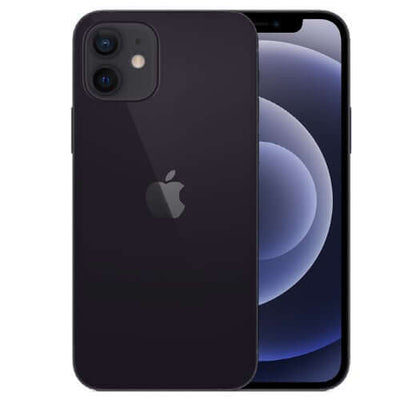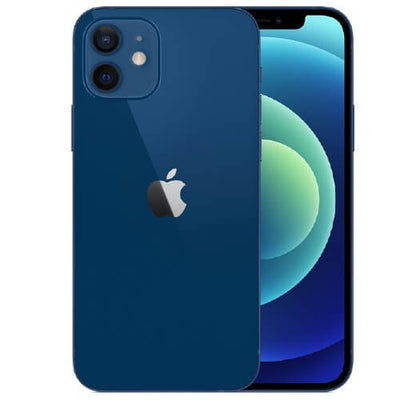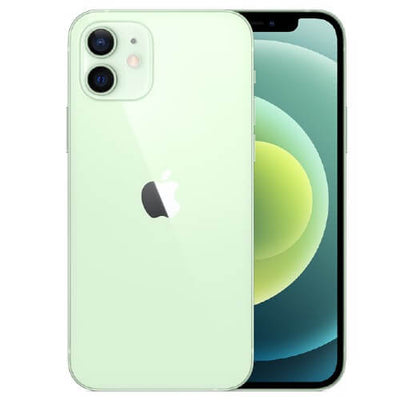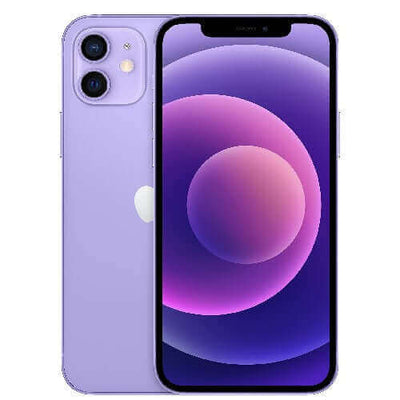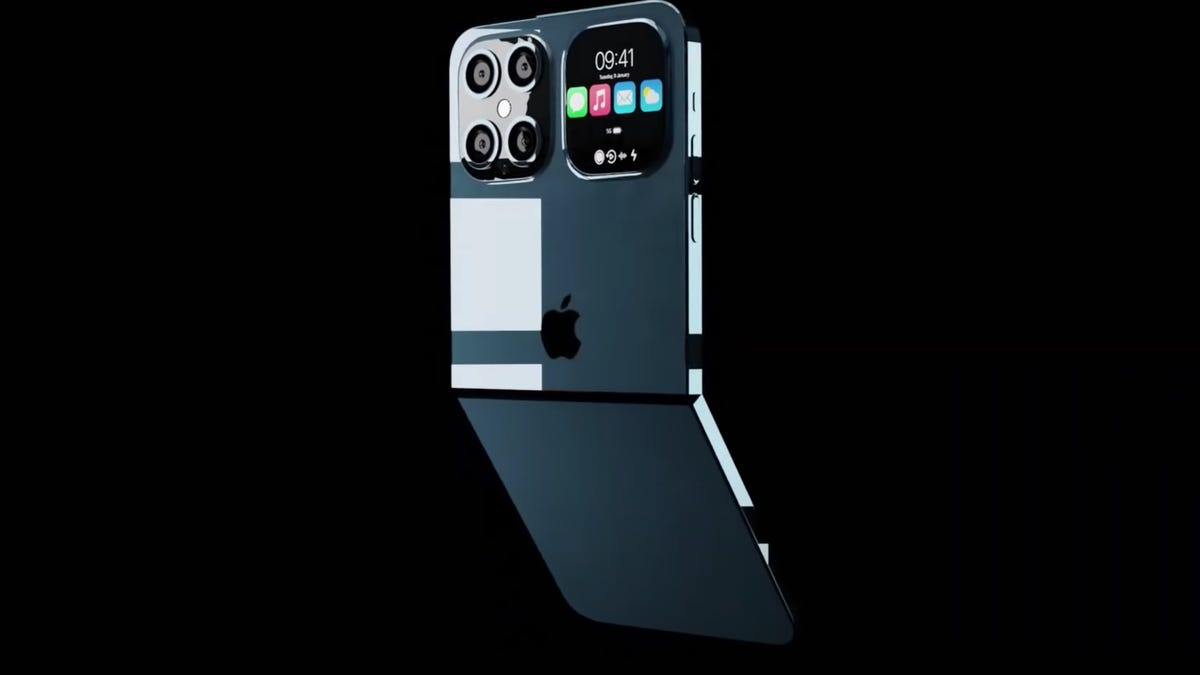Apple’s Foldable Devices: Anticipation Builds Amid Delays
If all those rumors, still passing in series across the tech world, are true, then Apple too is on the route of companies attempting to bring a foldable device to the market. Of course, for a few weeks, there have truly been a lot of speculations, and some did purport to suggest that Apple will introduce two folding devices by the year 2026, perhaps being the basis of this all. All this guesswork, however, may go to a halt with the latest of the series of reports indicating a massive delay.
According to, Apple may not even hold a foldable product launch until at least 2027, or perhaps even 2028. This piece of news is therefore creating a mixed feeling of disappointment on one side while also rousing curiosity on the other, for Apple's reasons for treading so cautiously in this ever-growing segment of the tech marketplace.
That revised timeline comes courtesy of one Ming-Chi Kuo, a respected, often eerily accurate analyst, speaking on a topic all his own: Apple and its product strategy. Is his insight sure to be well-regarded by the tech giant's brass itself, given to a regular Chinese-language publication, which only seems to tease a clearer picture—a launch date farther off—of Apple's ambitions for foldable devices?.
Kuo originally had said the first foldable device from Apple could go to production by 2026, but recent developments muddied the waters of those plans. His latest analysis points to this delay until late 2027 to early 2028 for when Apple's foldable devices will hit the market. This delay wasn't just the smallest of timeline changes but a thunderbolt that could signal something entirely different for Apple's sequences in the foldable market as well.
Apple's Foldable Strategy: large and small devices of the foldable device space. One of the most rumored products is a combination of a MacBook and an iPad in a 20.5-inch hybrid product. Such a product could blur the boundary set by the laptop and the tablet to become just a folding and versatile solution to many purposes. According to the said report, the in-the-works hybrid device will feature an 18.8-inch display in size, slightly down from the initially planned 20.5 inches.
That the reduction in size may be in response to the technical hurdles encountered within Apple. These hurdles are said to emanate from specifically the display technology and mechanical arms involved in making a foldable device of the Apple caliber one that is strong and performs exceptionally. Patent filings have indicated another foldable device at the same time in the form of a clamshell-type.
This model would be similar to bodies that have cropped up for current phones like the Motorola Razr and Samsung Galaxy Z Flip 6, seemingly indicating Apple is exploring another direction to make it's foldable offerings the new normal in mobile.
Still, the new reports do not mention the iPhone Flip, which had earlier leaked to launch similar to the larger foldable handset. The reason why this was left out probably hints at speculations that Apple would first concentrate on the MacBook hybrid, delaying a launch for a foldable iPhone.
Specific reasons for delay in the planning of a foldable by Apple exist. A prime hurdle is these "technical challenges", something like making a foldable display and keeping mechanical reliability at the same time, to be folded and unfolded countless times without failure.
Apple being a quality-driven entity will not be launching any product which may dilute the quality expectations and that can dilute their innovative streak. Therefore, the technical challenges involved are probably being worked upon with great care so that when Apple finally gets into the foldable market, it does so with something revolutionary and at the same time reliable.
On top of this, the reason might be strategic. As much as it is a growing market, the adoption of foldable devices is still at an increasingly early stage. Samsung and Huawei are placed with relatively high market captures not far from the closest competitors in this segment.
Apple might be simply waiting to more clearly understand consumer acceptance and the maturity of new technology. This will place it to launch a more tuned-up product, perhaps after ironing out shortcomings that came with first-generation foldable devices from the competition. Apple's hesitance or unwillingness to commit to an iPhone Flip release schedule would also mean no need to rush its way into the impending foldable smartphone bonanza.
Among other things, this suggests that Apple may see greater intrinsic value in nailing a larger, multifunctional device that it can bill as a linchpin for future innovations in both its MacBook and iPad product ranges. Attention could also be focused on a MacBook hybrid as a tactical step to make Apple's foldable offerings stand out from its competitors, which have so far placed great focus on smartphones.
In conclusion, while some might have been hoping for an earlier timeline with foldable Apple devices, the news is aligned enough to the vision and focus of the company on quality and innovation without being in a big hurry to get to market to take interstitial share.
Add Apple to the list of companies likely to stay away from the foldable market, at least until the years 2027 or 2028. This probably combines technical challenges with a strategic choice of what's best about this emerging space. So, while anticipation builds, the tech world will no doubt be watching closely to see how Apple's foldable ambitions play out over the next several years.
Delays and Speculations: What’s Taking Apple So Long?
An Apple foldable device has been adored for years and been the favorite topic for tech enthusiasts and professionals. Since at least 2016, there have been reports that Apple, in fact, is planning to release a foldable—product line technology that will utterly change into diverse avenues from smartphones now and tablets.
Over time, these are stories fuelling each other by the number of patent filings and leaks that indicate—fruitfully, looking at the popularity now—that Apple definitely considers being into the foldables. But for all the consistent chatter, an Apple foldable device is always overdue in the market and raises questions about what is exactly causing the delay.
One of the main reasons behind the delay could be Apple's renowned cautious approach to product development. Unlike other tech behemoths, which rush to be first to market, Apple has built a tradition of taking most of its time so that it can get things right before any products go out the door. It worked for them in the past with devices that turned out to be high quality, reliable, and sometimes setting new industry standards.
That being said, perhaps Apple is now still working on perfecting this technology to ensure it's up to the quality standards it typically holds for all devices. This is permitted as long as the foldable technology is still new, with a myriad of technical challenges—specifically, with the greatest challenge being the quality as well as durability of the foldable screens.
The reports suggest that Apple could be pursuing foldable display technology that is not only flexible but seamless and creaseless, achieving something that is yet beyond the market's most advanced competitors. If this is, indeed, the goal, it goes a long way to explain why Apple is taking their time together and getting the foldable device.
Another plausible explanation for the delay could be the strategic market timing adopted by Apple.
Apple is known worldwide, not for being a pioneer or an industry leader in any market, but as someone who goes in as a disrupter. This way, it's in a position to leverage the success and the failure of the leaders that accessed the territory before it. It brings out a product that responds to the pain while bringing the twist of uniqueness in innovation.
It could be wishful on Apple's part if, by waiting, they avoid the problems that early foldable devices have faced on screen durability and hinge reliability, to launch a product that is outpacing everyone else in the functions offered. It is a strategy with its pitfalls.
As Apple treads slowly into making the foldable, this creates growing room for its competitors like Samsung, Honor, and OnePlus to only make their devices better with each release and grow stronger within this newly growing market segment. For example, Samsung's Galaxy Z Fold series has already undergone several iterations, with every new model managing to perfect the mistakes of its predecessor.
The latest devices are quickly gaining market share under the labels Magic V2 and Open, by Honor and OnePlus respectively, around the fantastic features for the pricing. If Apple just holds out a bit too long, it might get into that mature market, where it's exponentially more difficult for a new brand to even try to approach becoming successful like Apple is.
Additionally, there would be an element of economic factors at play in influencing Apple's timing. Inwardly, the cost to develop the foldable device is costly with respect to research and development, building up the production capability, and marketing. It is quite surveyed that since this kind of development is costly and moreover a niche demand exists in the market for foldable devices, Apple might be thinking to reconsider this project for possible returns.
This only serves to complicate the careful financial approach further, whereby the current state of the global economy, primed by shortages in various value chains as a result of price inflation caused by other causes of uncertainty. One possible argument is that Apple may wait for the economic soundness of such a product in the foldable market fully. Finally, it could be just a matter that Apple's plans for a foldable product have been delayed or possibly scrapped over unforeseen technical issues or company strategy changes.
While rumors and speculation are the rule, the truth is that Apple's specific gamble in foldable devices remains shrouded in mystery. It is quite plausible that there have been unanticipated obstacles in the product development process in regard to either the necessary level of display quality or the folding hinge's durability. Or alternatively, Apple might have had various reasons to shift its priority to other innovative technologies already in development, like augmented reality and virtual reality, that yield more quickly at this stage.
In conclusion, the continuous cycle of rumor and speculation on Apple's part regarding the rumored folding device strongly evokes the atmosphere of uncertainty and ambiguity usually associated with the incubation stage of the company's development processes. While the exact reasons for the delay are hard to pinpoint, it is probably a mix of technical challenges, strategic market timing, financial considerations, and possibly a shift in priorities within the company. What it is, however, remains one thing: the tech world waiting for Apple to cross the bridge on foldables. Whether Apple finally cracks this decade-long rumor with unveiling a foldable device to the market, or goes on a road never traveled before, the statement remains one that is all-important in relation to the future of mobile technology.
Dubai Market Insights
Gadget technology in Dubai is also rising, with a blend of luxury and cutting-edge functionality from an eye for innovation. This transformation seems to specifically have been realized in foldable smartphones, with a remarkable trend being picked up these days by tech enthusiasts and perhaps early adopters at large. In fact, what you get to know these days is that they are starting to nudge the side, as major companies like Apple are expected to hit the market with foldable phones.
In a city known for its affinity for the latest and most advanced technology, the arrival of an Apple foldable phone could mark a significant milestone.
As of 2024, the major dominating players in the foldable smartphone segment in Dubai are Samsung and Huawei.
An example is the Samsung Galaxy Z Flip 6, which is retailing at approximately AED 4,200, based on advanced features but portability. In contrast, the Huawei Mate 3 costs AED 6,000 and is basically aimed at winning another audience over due to the strong emphasis of this brand on innovation and quality of make.
Both devices have been very successful, i.e., demand for these models is high on the foldable market in the UAE. These are very compelling prices in consideration, though the technology is high-advanced and the materials used to develop foldable screens are very high. When Apple joins such market, it would do that most probably with a premium pricing tool along with an unmatched design quality strategy.
The price of the foldables by Apple according to analysts can plan an starting price above AED 7,000, which is going with Apple's strategy of targeting the product for both its niche market strategy and as a luxury. This is going to be a pricing strategy that is not only going to rule out Apple's loyal customer base but also is going to put the company in the mainstream category inspiring those who seek a blend of exclusivity along with cutting-edge technology. That should allow Apple to bring their foldable device class into the market at a premium price that will differentiate it from the others on the market, making it the must-have expression piece of technology for this new segment.
The foldable segment in Dubai markets was an instant success for the few reasons amongst which are considered the ultimate tech-savvy citizens and the strong appetite of derivative people towards anything new and multifunctional. Consumers in Dubai do not seek an ordinary smartphone; they seek the kind of variety which will push possibilities further. Foldable, where they get a larger display inside a gadget, mini-camera setups, multi-tasking capacity, and so forth. Therefore, potential foldable device obligations keep increasing and offer more earning opportunities for device manufacturers.
As a result, to a large extent, Apple coming late into the foldable market had left an opening that competitors so aggressively moved in to capitalize on. The most aggressive aggressors, so far, in the foldable market in Dubai have been Samsung and Huawei, with an aggressive strategy and product development—it will nonetheless change radically, again, following Apple's decision to step into the market around 2027 or much later.
Apple is always known for redefining product categories and, as such, has set new standards in design and functionality. The entry into the foldables segment is no different in this line.
Dubai's tech enthusiasts are eagerly holding their breath to see how innovative Apple turns into the foldable tech segment.
This may be the company's approach based on superior build quality, hardware-software integration, and unique features not currently available in the market. If Apple successfully executes on all these, it may be able to achieve a large share of the foldable market in Dubai, similar to the way it has been able to in other segments.
This expectation underpins intensive interest in foldable devices and very likely further innovation and growing development of marketable applications.
FAQs
1. How is Apple's foldable device plan doing at the moment?
While Apple's foldable device remains in development status, floating release dates rumor off as 2027 or even later into 2028. This has to do with further technical challenges, particularly in the aimed-at durability and functionality in the foldable form factor.
The first of those is expected to be more of a hybrid—between a MacBook and an iPad—and perhaps create a new user experience from what lies between a laptop and a tablet. This move suggests that Apple views innovations in the foldable space as opposed to simply following current trends.
2. Why has Apple taken so long to its foldable device?
The release of the foldable device from Apple has been held back for a substantial period at the moment. This is because problems have been reported, especially in display technology and mechanical parts of the gadget. That is, the company has been wondering how to make a foldable screen that is durable and can fold persistently.
The mechanical constituents, which involve not only the display but also its hinges and other joints, are also supposed to work with it folded repeatedly without any degradation over time. Such concerns are important ones as they impact both the total user experience and product lifetime, respectively, causing Apple to postpone commercialization until they have been completely resolved.
3. Will there be a foldable iPhone from Apple?
Amid wide speculation that Apple would produce its own version of a foldable iPhone, it seems the first device featuring such a technology from the company might turn out to be a foldable MacBook hybrid. This device, into which Apple has reportedly poured around US$25 million, would most likely serve as a testbed, both for the foldable display, as well as the hinge technology, needed for a foldable iPhone.
A clamshell-type iPhone might very well come to market, similar to the now familiar foldable smartphones from Motorola—the Razr —and Samsung—the Galaxy Z Flip. However, no one knows when it is actually going to be launched. Maybe Apple is biding its time and would rather debut this technology in a smaller, smartphone-sized form factor because they have perfected it.
4. How do Apple's foldable plans compare with its competitors'?
This only illuminates how being careful and cautious Apple is in introducing folding devices compared to competitors such as Samsung, a big mover; Huawei; even Motorola has released many iterations of foldable phones. As such, these companies have established themselves in this new market for foldable devices.
It seems to take Apple longer because it dares to do so, assuring that its product reaches expected standards. True, in all probability, this delay may enhance competitor positions, but it could also help Apple see some of the follies and potential traps for a more improved and innovative release.
5. What could make Apple's foldable device different from competitors?
But, what may set an Apple device apart is this: it will bring in what other manufacturers are yet to perfect—a creaseless display. Most foldable devices in the market right now bear an inferior ability to perfect the luxury touch of a crease in its folding line. If Apple could achieve this and release a display that has absolutely no crease, this would put the brand at an automatic advantage over the current competitors.
If Apple can also keep up its reputation of ensuring that all hardware compatibility with their software runs smoothly, a device that is foldable by Apple will perform, give service, and be a user-friendly beast better than any other out there.
